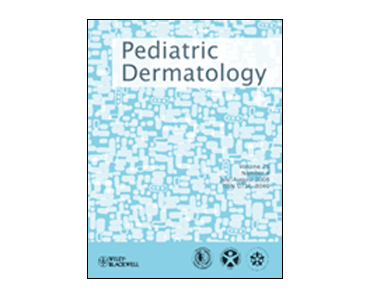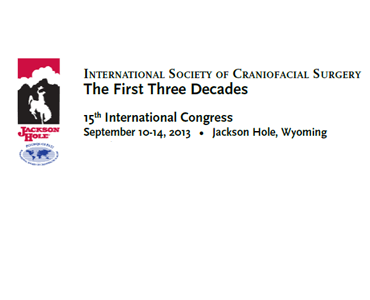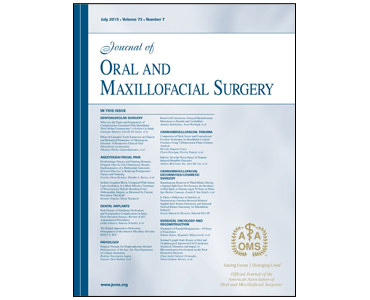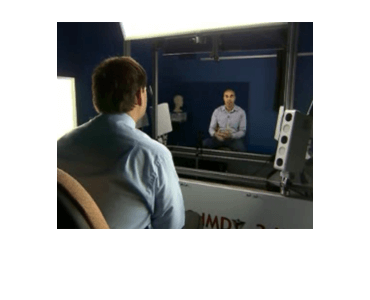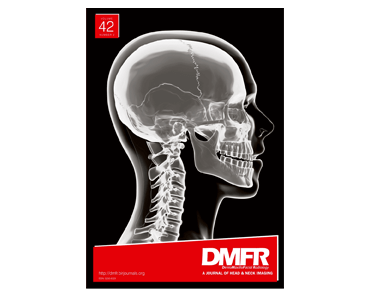Three-Dimensional Stereophotogrammetry: A Novel Method in Volumetric Measurement of Infantile Hemangioma. DJJ Hermans, TJJ Maal, SJ Bergé, CJM Vleuten.
Date: January 2014. Source: Pediatric Dermatology. Volume 31, Issue 1, pp 118-122. Abstract: Accurate and objective measurement of volume changes in infantile hemangiomas (IHs) is essential in routine clinical practice and clinical studies, particularly in the changing therapeutic landscape after the discovery of propranolol. Several bedside techniques for volume measurement have been described in the…

